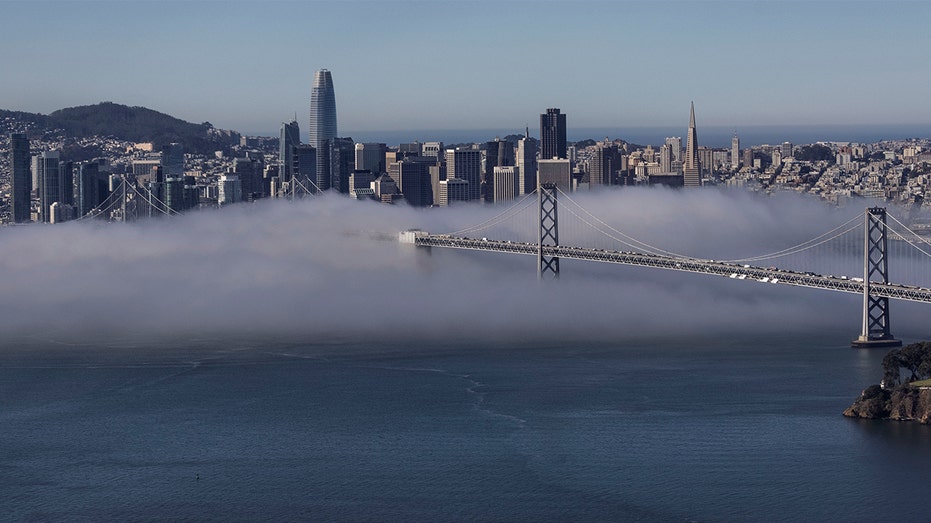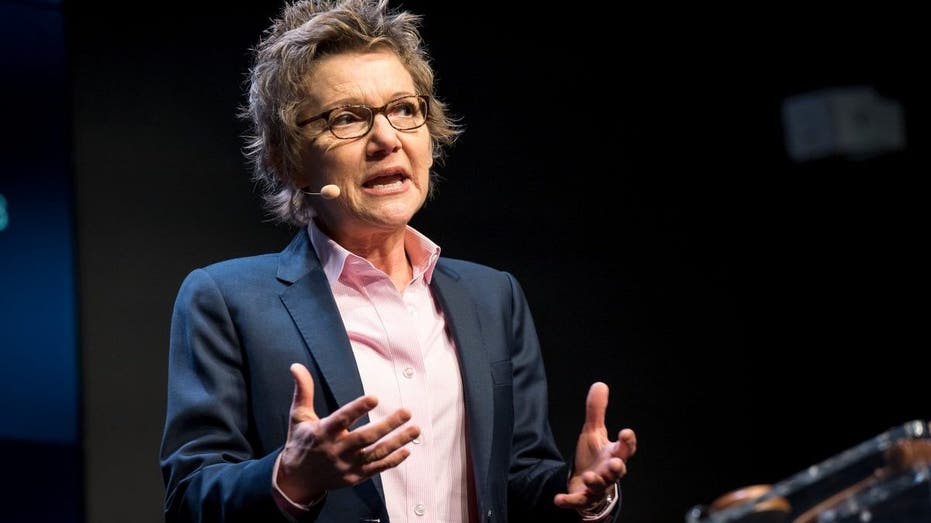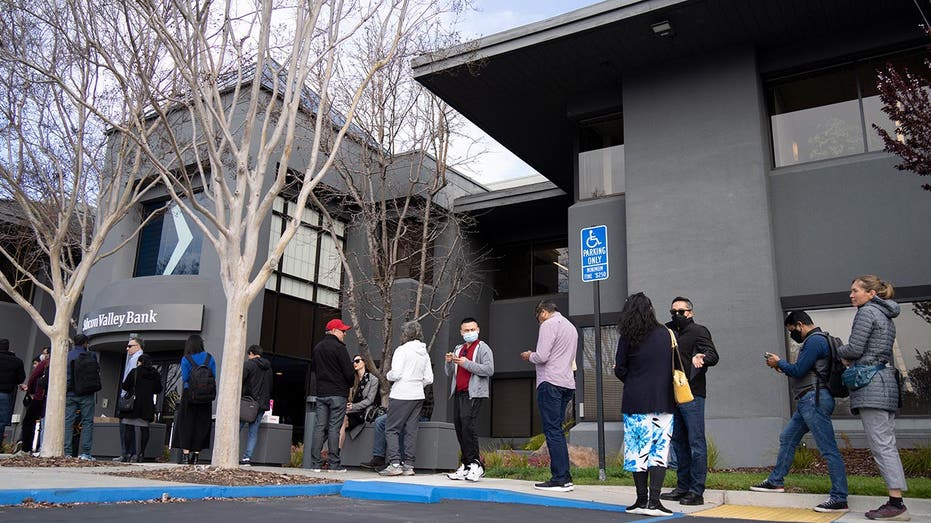San Francisco Fed criticized for missing Silicon Valley Bank’s red flags
Fed conducting review of what went wrong with its regulation of Silicon Valley Bank
What went wrong at Silicon Valley Bank?
Fox News contributor Kim Strassel responds to the bank failure and provides insight on ESG investing standards on 'Kudlow.'
Criticism of the Federal Reserve Bank of San Francisco is mounting over the collapse of Silicon Valley Bank (SVB) and reports that the Fed failed to adequately monitor the bank and order it to take corrective action before a disastrous bank run occurred.
The Federal Reserve’s network of 12 regional banks is essential in fulfilling the central bank’s role to regulate and supervise financial institutions to monitor risks and ensure the safety and soundness of the banking system. The San Francisco Fed has jurisdiction over much of the western U.S., including California, and was the primary regulator of Santa Clara-headquartered SVB along with its parent holding company.
San Francisco Fed President Mary Daly is facing questions about how regulators failed to take action in addition to the role of former SVB CEO Greg Becker, who was on the San Francisco Fed’s board up until his bank failed.
SILICON VALLEY BANK RECKLESS WITH RISK, ESG PUSH: STATE FINANCIAL OFFICERS

The San Francisco Federal Reserve is facing mounting criticism over its failure to spot the warning signs that led to Silicon Valley Bank's failure and take action. (Reuters / Carlos Barria / File / Reuters Photos)
"The SF Fed’s failure to address SVB’s obviously risky structure is frankly shocking," Senate Commerce Committee ranking member Ted Cruz, R-Texas, wrote in a letter addressed to Daly on Thursday.
Cruz asked Daly a series of questions in an effort to "understand how the SF Fed missed so many obvious warning signs about SVB’s lax risk management practices." The senator gave her a deadline of March 30 to respond; he also sent the letter to the Federal Reserve's senior leadership, including Chairman Jerome Powell.
Among the questions posed were whether SVB performed the required liquidity stress tests and how those tests, if performed, accounted for the possibility of rising interest rates, in addition to whether it received an exemption from stress testing requirements and whether Becker or anyone else at the San Francisco Fed discussed the matter.
FIRST CITIZENS EMERGES AS POSSIBLE SUITOR FOR SILICON VALLEY BANK

Mary Daly, president of the Federal Reserve Bank of San Francisco, is facing criticism over the collapse of Silicon Valley Bank. (David Paul Morris / Bloomberg via Getty Images / File / Getty Images)
The conditions for the bank run that brought down Silicon Valley Bank earlier this month were developing for years. SVB’s customer base was heavy on Bay Area tech companies, particularly start-ups, and the bank grew rapidly in recent years as those businesses grew, becoming the fastest-growing bank in the U.S. over the past five years.
While it’s relatively common for businesses to hold funds in excess of the standard $250,000 insurance threshold provided by the Federal Deposit Insurance Corporation (FDIC) to handle payroll and other operating expenses, those funds are at risk of being lost in a bank run.
SVB had a particularly high base of uninsured deposits, which made up the overwhelming majority of its total deposits, according to its regulatory filing at the end of 2022, and put it at heightened risk of failing amid a bank run.

Depositors line up outside the headquarters of Silicon Valley Bank to withdraw their funds on March 13, 2023, in Santa Clara, California. (Liu Guanguan / China News Service / VCG via Getty Images / Getty Images)
SVB also invested heavily in government securities with long-dated maturities, which exposed it to interest rate risk as the Fed has raised rates to tamp down inflation.
The price of government maturities falls when interest rates rise, which created a liquidity problem for SVB when it was forced to sell those bonds at a loss to generate the funds needed to satisfy its customers’ withdrawal requests.
SVB ultimately failed and the FDIC was forced to step in and guarantee all deposits – including those above the threshold – in an effort to stabilize the situation.
GET FOX BUSINESS ON THE GO BY CLICKING HERE
"It’s inexplicable how the Federal Reserve supervisors could not see this clear threat to the safety and soundness of banks and to financial stability," said Dennis Kelleher, the co-founder and CEO of financial sector advocacy group Better Markets. Kelleher added that traders on Wall Street and banking industry analysts "have been publicly screaming about these very issues for many, many months going back to last fall."
The Federal Reserve Board is reviewing the supervision and regulation of SVB, an effort that will be led by Vice Chair for Supervision Michael Barr and will be released by May 1. Barr said in a statement, "We need to have humility, and conduct a careful and thorough review of how we supervised and regulated this firm, and what we should learn from this experience."
The Associated Press contributed to this report.




















